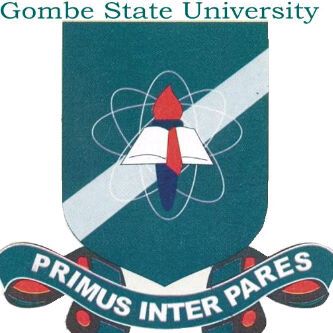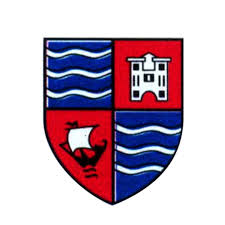IJMB Economics 101 Past Question 2012; This IJMB Economics 102 past question is suitable for students about to sit for the upcoming IJMB EXAMINATION. Students should be informed that IJMB is an advanced-level program that helps students secure admission into the university of their choice without JAMB.
Recommended; See Other IJMB Past Questions Here
IJMB Economics 101 Past Question 2012
INTERIM JOINT MATRICULATION BOARD EXAMINATION 2012
SUBJECT: ECONOMICS PAPER I
DATE SCHEDULED: FRIDAY 25th MAY 2012
TIME ALLOWED: THREE HOURS (3HRS)
INSTRUCTIONS: Answer FIVE (5) questions only. All questions carry equal marks. Credit will be given for good English and orderly presentation of materials. Calculator can be used if desired.
- The market survey shows that the quantity of commodity X and the price of commodity Y for the month of April 2008 were 90 units and #120 respectively. This is different from the May survey of 301 units and #180 respectively.
a) Determine the cross-elasticity of demand of commodity X and their relationship.
b) Define the concept of price elasticity of demand
2. Write short notes on the following
- Marginal physical product
- Preferences
- Choice
3. a) What do you understand about the vicious circle of poverty?
b) How can it be solved?
4. Explain the phases of a business cycle. What are the causes of the business cycle in an economy?
5. Distinguish between the change in quantity demanded and the change in demand of a commodity. What are the factors responsible for a change in the demand for beef in Nigeria?
6. What is a public corporation? Discuss its merits and demerits.
7. Outline the main features of the permanent income hypothesis. State implication for fiscal policy.
8. Why is Economics regarded as a science? ( What are its limitations)
9. Explain the law of diminishing marginal utility. How is this law related to the theory of demand?












